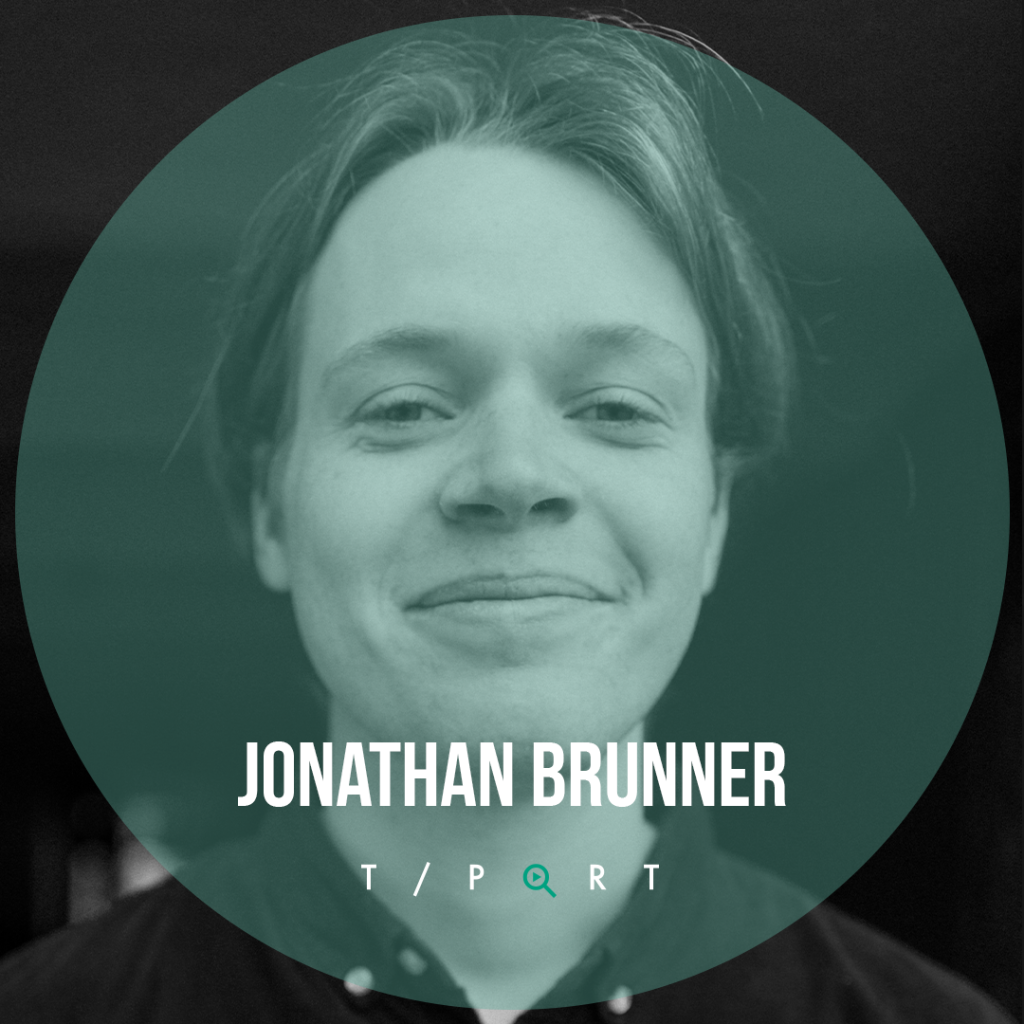 26-year-old Jonathan Brunner is no stranger to T-Port, having taken part in our 2023 Clermont Talents Connexion pitching contest.
26-year-old Jonathan Brunner is no stranger to T-Port, having taken part in our 2023 Clermont Talents Connexion pitching contest.
We caught up with the filmmaker, whose work appears on T-Port through our partners at Filmakademie Baden Württenberg, to find out more about the process he went through in producing his short film BORDER CONVERSATIONS and what he learned about trusting his intuition.
Introduce yourself
Heyya! My name is Jonathan Brunner, I’m a 26 year old documentary directing student and freelancer. I’ve been making films for more than 10 years now and cannot yet foresee an end. Through filmmaking I can enter different societies, scenes or “worlds”, and I love where this takes me!
While working on your short BORDER CONVERSATIONS, where did you draw your inspiration from?
To be honest, only rarely from other films. I tend to find inspiration in museums, newspapers and magazines.
How did you first start working on this film? What was the process like and what first sparked the idea to make it?
The goal was to make a crisis on the Polish-Belarusian border emotionally tangible. I saw these horrible images of thousands of people waiting behind a fence, but couldn’t grasp them emotionally. Emotionality is especially important to create attention for a situation like this. So I started to search for a way to tell this story.
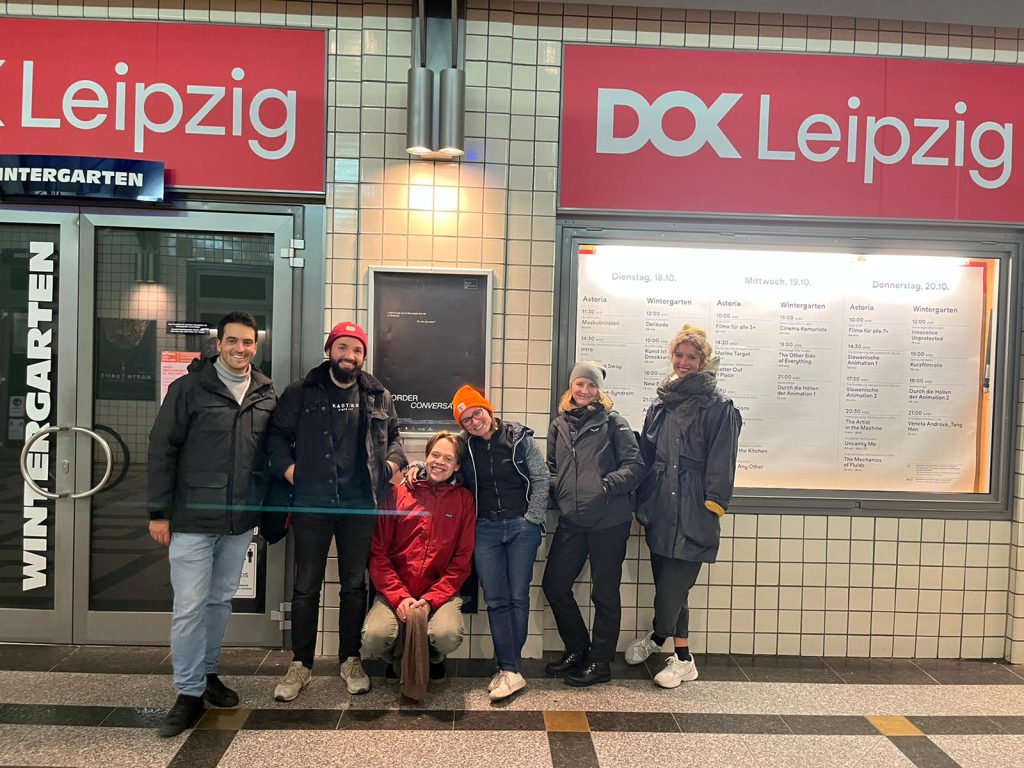
What was the filmmaking process like on BORDER CONVERSATIONS?
First of all, it took a team that believed in the idea of the film and shot it more or less spontaneously between other projects. No one told us to make this film and it wasn’t wise from a purely logical point of view, but sometimes you just have to follow your intuition, and that’s what we did.
What were the biggest challenges you encountered during production?
It’s kind of hard for me to remember the problems in retrospect. During the process, of course, there are always thousands of obstacles…! When we were shooting, I think our biggest problem was that there was no intervention. But looking back, though, it was a gift for the film!
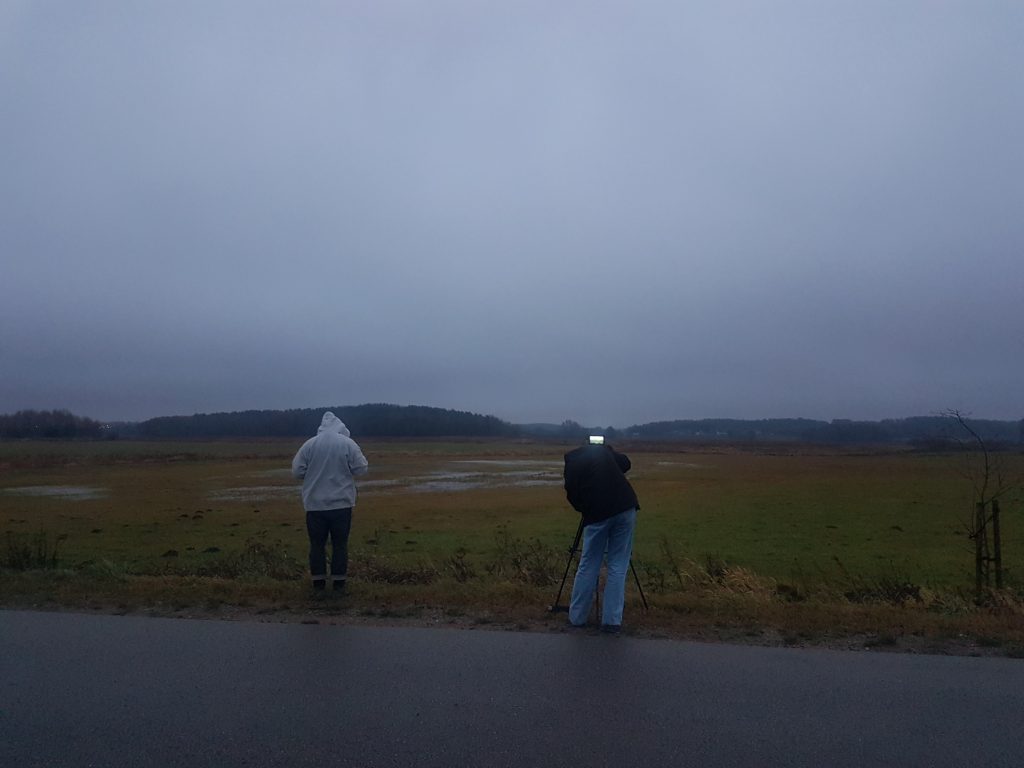
Tell us about the sound choices in your film – what type of score did you use and why? What other types of sounds did you use?
First of all, a big shout out to our amazing sound designer Marc Lehnert. Our goal was to make the audience feel the harsh environment: The freezing cold, the rain, the wind…
Speaking of music, it was very important to me and the musician Frederic Hellmann not to dramatise but to pick up on the mood and intensify it. For the end of the film we decided to go with “Glass” by Hania Rani. An unique song that perfectly captures the feeling of stagnation and powerlessness.
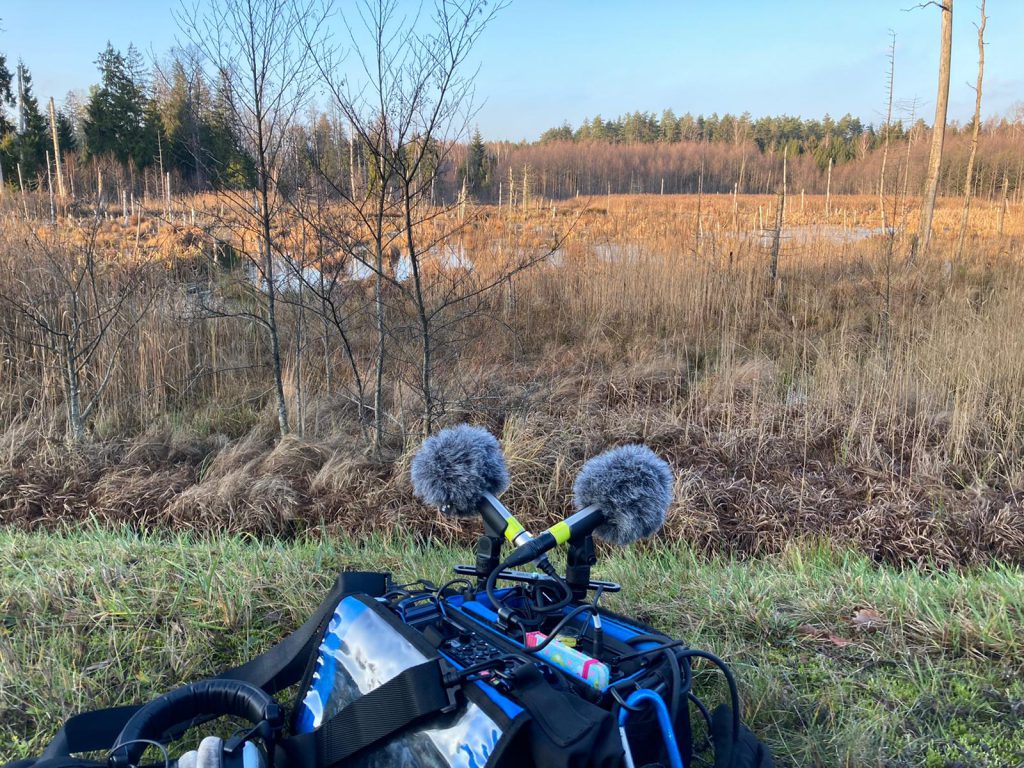
Tell us about the visual choices in your film. What were your main goals and techniques in creating the visual style of your film?
It was clear very early in the process that we would only show the activists and never the people in the forest. Because of that, a lot happens in the audience’s head! That was probably the most defining visual decision in the process of this film. The inclusion of the chat conversations as a supporting narrative element was also fixed early on.
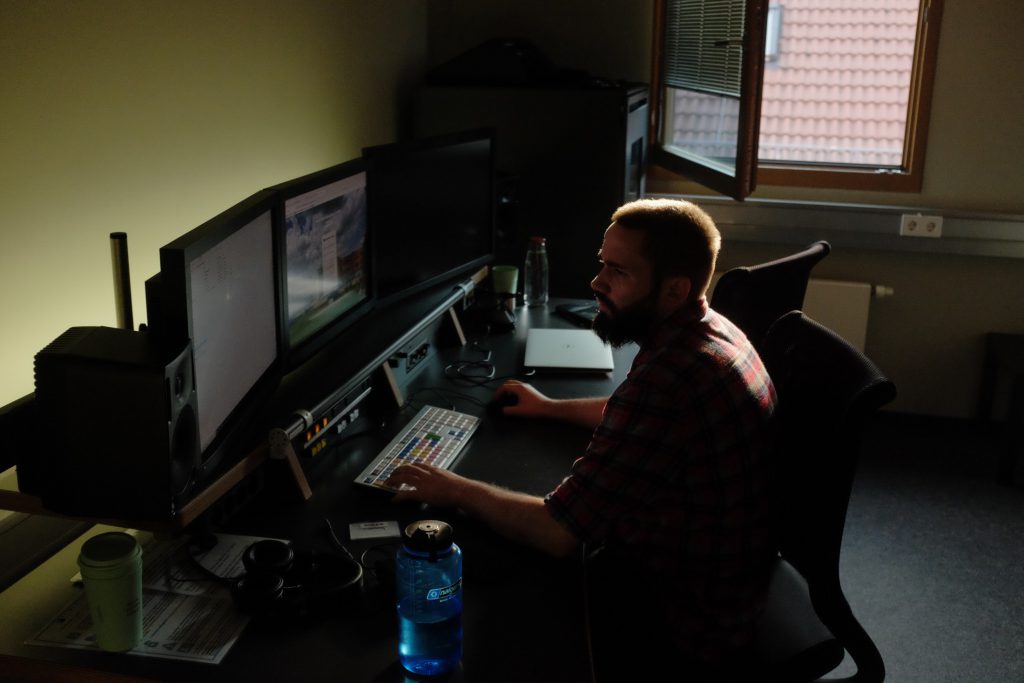
Can you share the most important lessons you learned through the process?
Follow your intuition and gut feeling. It makes a difference! In the end, you can tell whether the team has made a film based on intrinsic motivation or not.
If you could go back in time to pre-production and give yourself one piece of advice, what would it be?
Honestly, I don’t regret anything. Maybe just, “Go on!”
What was it like for you working with the subjects of the film?
In documentary filmmaking, it’s all about choosing the right protagonists. For that, a lot of things have to fall in place. During filming, the aim is to establish a personal relationship with the protagonists and to find out which aspects of a topic are important to them.
List the festival where your film has screened and any awards / recognition gained so far.
Most important for the film’s distribution was the premiere at DOK Leipzig 2022, where the film then also won the prize for “Best German Short Film”. A huge honour! After that, the film was or will be shown at Ji.hlava IDFF, Dok.fest München, and Millennium Docs Against Gravity, among others. It is also part of the SHORT EXPORT programme of AG Kurzfilm and listed in the German Short Films catalogue.
How has the process of distributing the film been for you so far? What have you learned?
The process is going great, but distribution is a lot of work! I’m very grateful that it is paying off for us right now.
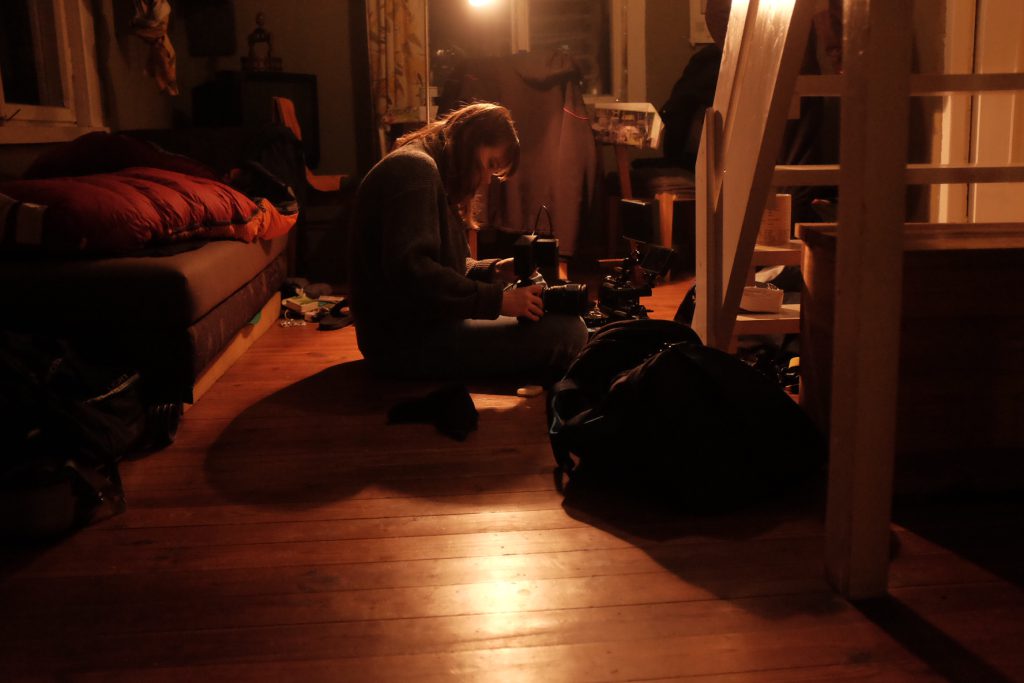
What do you wish you’d known before you began the distribution process?
You should reach out to distribution agencies in a roughcut stage of the film! I would have really loved to know that, haha.
What are your expectations from T-Port? Has working with T-Port taught you anything about the industry?
n January 2023, I was thankfully part of the T-Port Talent Connexion at Clermont ISFF. That was an amazing opportunity from which I was able to take away many contacts!
Other than that, I hope that festival programmers and producers will become aware of the film and my work in general via T-Port.
What are your plans and dreams for the future?
Keep making artistic documentaries and ideally be able to live from it!
Is there anything else you would like to mention?
Just a huge “Thank you” to the team behind T-Port for supporting me and our film!
If you are a film industry professional and would like access to the catalogue and more, find out here how to sign up.
Filmmaker? Upload your short film to T-Port or sign up for our newsletter to get regular updates on the current trends and exciting innovations in the short film universe.
